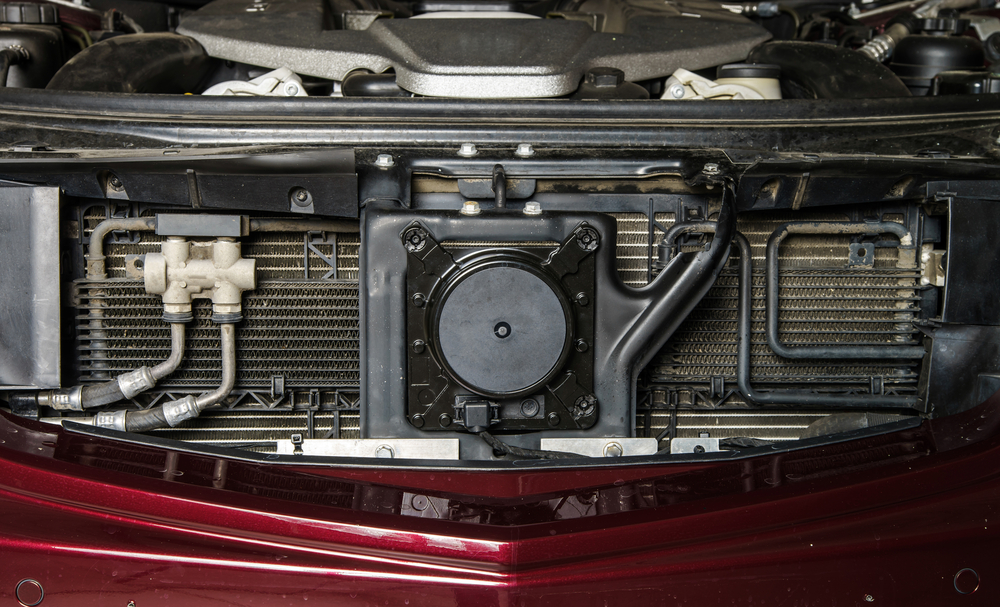
Keeping your radiator healthy allows it to continue cooling your engine efficiently and safely. If your radiator has been compromised, early intervention is imperative for the life of your vehicle. When you start to notice your car not performing up to standard, radiator repair may be the answer.
1. Passenger Side Heating Vent Is Not Working
The cabin heater of your vehicle works by flowing hot coolant through its heater core. A blower fan then sends that warmer air through the vents. If the coolant is leaking or if the radiator is clogged, the coolant can’t efficiently reach the heater core and never makes it to the passenger side vent. So if your passenger is complaining that the air vents are too cold, have your radiator checked out.
2. Radiator Fins Are Damaged
Since the air passes through the radiator, if the fins are bent or dented in any way, the air won’t be able to get enough cool air to the engine. While not common, the fins can be damaged by too much water pressure when being hosed down or even something as small as a rock getting kicked up from the road. If enough of the fins get dented, the airflow significantly slows and can cause overheating.
3. Radiator Fins Are Blocked
The radiator fins don’t have to be dented to slow airflow. Debris, leaves, or bugs can catch in the unit and build up over time, causing the fins to get clogged. Often, this is easily remedied by gently spraying your garden hose over the radiator, but don’t put the water pressure too high so as not to accidentally bend one of the fins. If removing the sludge doesn’t seem to help, bring it in and let us take a look.
4. Coolant Has Changed Color
Next time coolant is added to your vehicle, notice the color. More often than not the coolant is a bright green or neon yellow. A healthy radiator will let the coolant flow through the fins freely. However, a radiator with an internal build-up of debris will contaminate the coolant and will change the color. The simplest way to check is to take a look at the coolant overflow tank. If the color has clouded, your coolant needs to be flushed.
5. Temperature-Gauge Needle Is Rising
This gauge is placed in the driver’s line of sight along with the instrument cluster. Glance at it from time to time and make sure the needle is staying right in the middle of the hot and cold. If you notice the needle starting to rise, get your car in for service as soon as possible. This gauge keeps track of the engine temperature, so if it begins to warm up, the radiator is not working properly.
A malfunctioning radiator directly causes a damaged engine. By catching any symptoms of radiator failure early, you’ll be saving yourself the time and frustration of more expensive repairs. Call or stop by Tansky Sawmill Toyota today if any aspect of your vehicle is concerning you.





